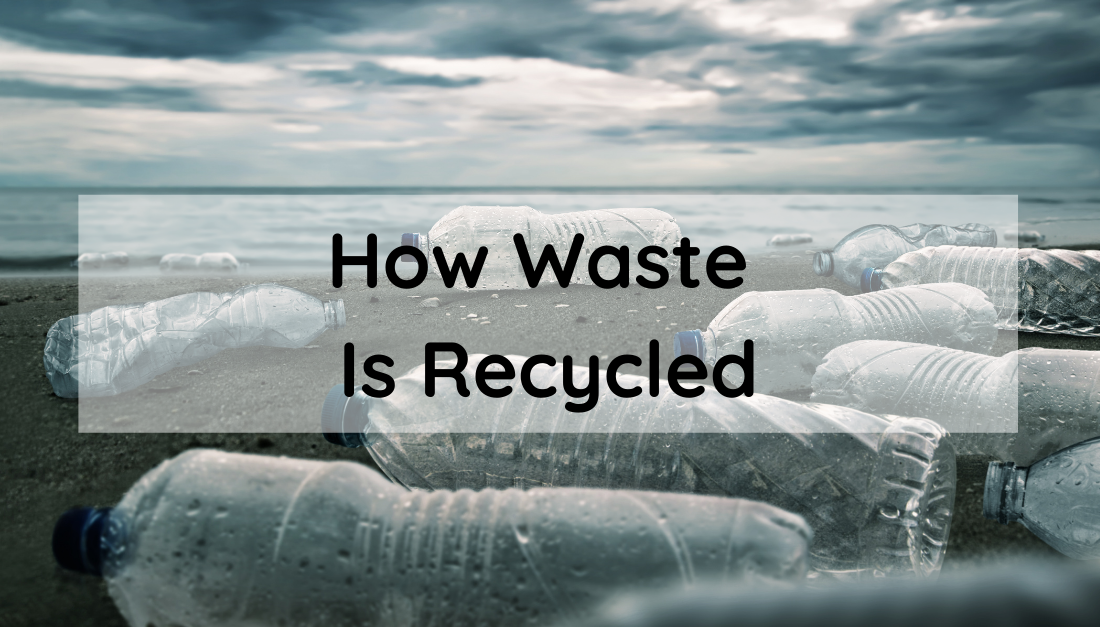
What You Need to Know About Recycling
“The greatest threat to our planet is the belief that someone else will save it,” said Robert Swan, Author of many books. Therefore, we need to take an initiative that can keep the risks of landfills at bay.

Whenever we throw something away, it is eventually deposited into landfills and can become hazardous to nature. The best practice we can adopt is composting. Second best is recycling. Recycling reduces waste, conserves natural resources, and supports the country's economy at the same time.

What is Recycling?
Recycling is the process of breaking down and reusing materials that would otherwise be thrown away as trash. It can prevent millions of tons of material from settling in landfills.

Many governments and communities are strict about the use of recycling. Because it not only benefits the environments but it also positively impacts the economy.
You have likely noticed many plastic containers labeled for the purpose of recycling. And even recycling pickup services that serve door to door. All this assistance is provided for the sake of the environment. It's shocking to know that 75,000 trees are required just to bring out one edition of the Sunday New York Times.
Recycling Began In The 9th Century Japan
Recycling has been used for a long time. It was first experimented in the 9th century when Japanese people began to recycle paper as soon as they produced it. Recycling went alongside production because they already knew the importance. They even considered recycled paper as more precious than that of new and often used it in poetry and paintings.
The recycling process reached the US in 1690 and Rittenhouse Mill in Philadelphia started to recycle linen and cotton rags. The recycling product was paper which was used in Bibles and newspapers.
In short, the history of recycling was termed centuries back and created an awareness of being environmentally friendly.
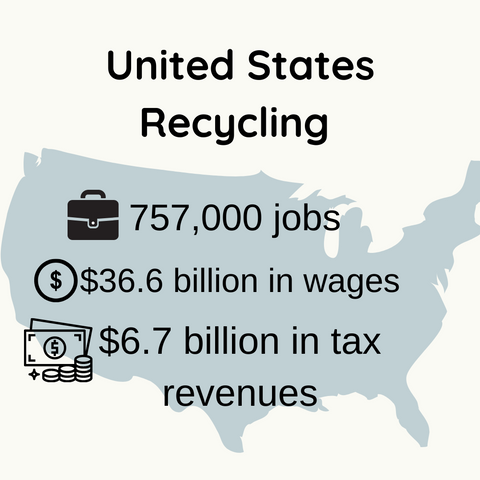
How effective is recycling in the US?
Besides nature, recycling is also good for economies. According to the Recycling Economic Information (REI) report, the United States accounted for 757,000 jobs, $36.6 billion in wages, and $6.7 billion in tax revenues by recycling and reuse activities.
For decades, the US sent tons of recyclables to China, including mixed paper-magazines, junk mail, office papers, and most plastics. These materials were to be converted into goods such as bags, shoes, and new plastic products. But in 2018, China bega restricting the importation of bulk recyclable products from the US.
The cause of the restrictions was simple, the US recyclables were contaminated. The materials were not sorted properly and they were dirty. Having clean materials that are properly sorted, is very important during the recycling process. When the US began sending contaminated materials, they would end up in a landfill in China. Essentially, garbage was being shipped across the ocean and leaving China to deal with it. There is a need to educate people on what can and can't be recycled.

What Are the Most Recyclable Materials?
The process of recycling is tremendously beneficial for the environment. Here are some best materials that are recyclable.
Newspaper
Newspapers are one of the easiest materials to recycle. The quantity of newspapers is huge so by recycling them, we can save wood and 60% of the total energy required to make a new newspaper.
Mixed Papers
Mixed papers comprise one-third of all municipal waste in the US. They are beneficial to recycle and provide good quality toilet paper and tissues, cardboards, office papers, and more.
Glossy Magazines
All the magazines and ad posters are recyclable. Even though they contain different colors and highly glossy materials, they can be recycled. So, it's your responsibility to make sure that they are placed in the recycle bin.
Cardboard
Cardboard can be recycled. By recycling, it would save over 9 cubic yards of landfill space. Moreover, the recycling process saves 24% of the energy required to create new cardboard.
Plastic Bottles
The water bottles are made from Polyethylene terephthalate (PET) plastic, which can be recycled. However more care needs to be done before dropping in the recycling bin. The cap and label needs to be removed, and the bottle rinsed. In the US alone, almost 2.5 million plastic bottles are thrown away every hour.
The Recycling Process of Aluminum, Glass and Paper
Every material undergoes a different recycling process, whereas the intention of recycling every material is the same: to reuse.
Aluminum
- The whole process of aluminum recycling takes about 6 weeks
- Aluminum cans and foil are collected in recycle bins and taken to the treatment plant
- The treatment plant makes the aluminum suitable for further processing by cleaning it thoroughly
- The next stage is to remove the impurities such as coatings and inks. The aluminum is melted to convert into large blocks called ingots
- The ingots are sent to rollers which gives them strength and flexibility
- The final product is recycled aluminum which can be used to create products such as cans, meal wrapping, etc...
Glass
- Glass doesn't degrade throughout the recycling process
- The glass trash is deposited at recycle bins and taken to the treatment plant
- The glass is sorted by color and washed to remove any impurities
- Then it is filled into crushers which break down the glass into smaller piece
- The bulky particles of refined glass are melted and molded into certain shapes so that they can be used again accordingly
Paper
- Just like Aluminum and Glass, Paper is collected from recycles bins and taken to the recycling site
- The separated paper is then washed with soapy water to remove plastic film, inks, glue, and staples.
- The cleaned paper is put into a large holder and mixed with water to create a “slurry”
- The slurry is treated according to the requirement of the final product.
- Usually, the slurry is spread using large rollers so it can adopt a particular shape and sent back to the consumers.
Why is recycling plastic difficult? What are the best plastics to recycle?
Statistics may vary on how much plastic is used and manufactured globally each year, but we can say that the number is between 100 million tons to 300 million tons. With this huge amount, only 5% to 9% is recycled.

Why is only a small portion of plastic recycled? There are several reasons!
Different plastics have different melting points, chemical additives, and rigidness. Consequently, there are thousands of plastic variants and not all types can be recycled. And for those which can be recycled; the quality degrades in each cycle.
Still, many plastics can be recycled efficiently;
- Polystyrene, or PS: It is used to make foam cups for pouring hot beverages
- Low-density polyethylene, or LDPE: This plastic is made for film applications; for both packaging and non-packaging applications
- High-density polyethylene, or HDPE: It is used in disposable but strong plastic products; such as shampoo bottles
- Polypropylene, or PP: It is used in many products to withstand higher temperatures such as lunch boxes, margarine containers, and prescription bottles.
What Are the Materials That Cannot Be Recycled?
Sometimes, people don’t consider the impact of putting non-recyclable items into the bin. This ends up impacting the efficiency and quality of the whole recycling process. Thus, it is important to know which products cannot be recycled so you keep them away from the recycle bins.
- Coated Paper and cardboard
Paper and cardboard are recyclable. However, they must be clean. If there are any contaminants such as grease, food, paint, etc, they cannot be recycled.
- Some Plastics
Many plastics are non-recyclable but some of them are not even acceptable. Recycling plastics comes with a symbol at the bottom of the product. So be sure to check with your local recycling.
- Plastic Film
Plastic films cannot be recycled because when they are inserted into the recycling facility, the efficient operation of the recycling plant is disturbed. Because they tangled and wrapped around the revolving and moving machines, as they have high tensile strength, the whole recycling processing is ruined.

So what is the solution?
When possible, look for glass and aluminum products first. These materials are widely accepted at recycling facilities. Paper is best for composting, so it can turn into rich soil. For plastic products, look for items that will last years, not days. Plastic is the trickiest to recycle, so when possible, reducing plastic use should be the goal.




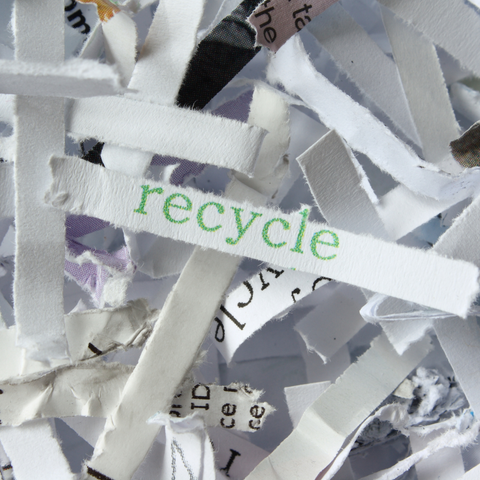


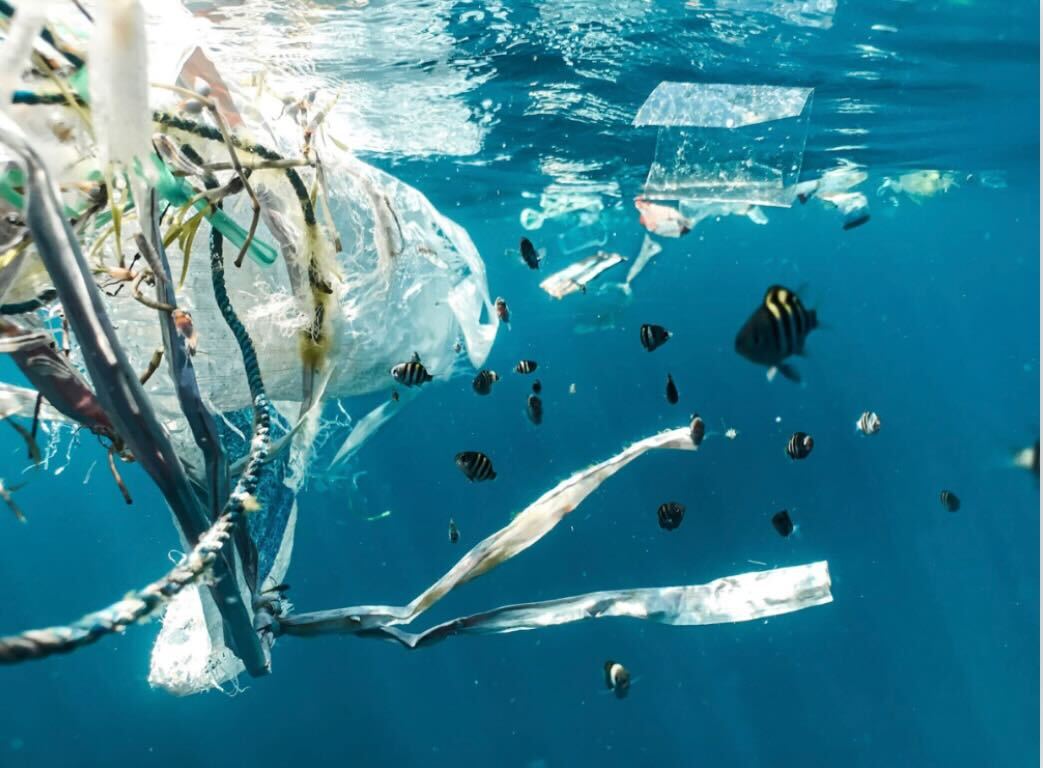
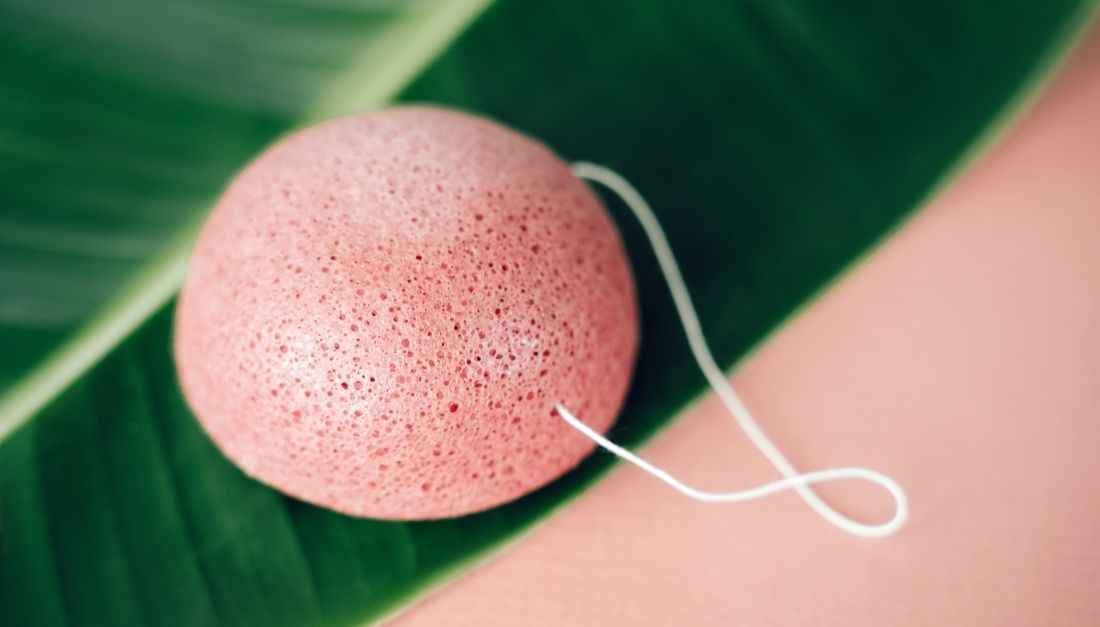
1 comment
Hi, I bought your toothbrush because I can recycle it. But wondering what the bristles are made of? Recyclable as well? Will let others know about your products. I am trying to get away from plastic both as the object I want and as a packaging byproduct when I buy products.
Philomena Ostapchuk
Leave a comment
This site is protected by hCaptcha and the hCaptcha Privacy Policy and Terms of Service apply.